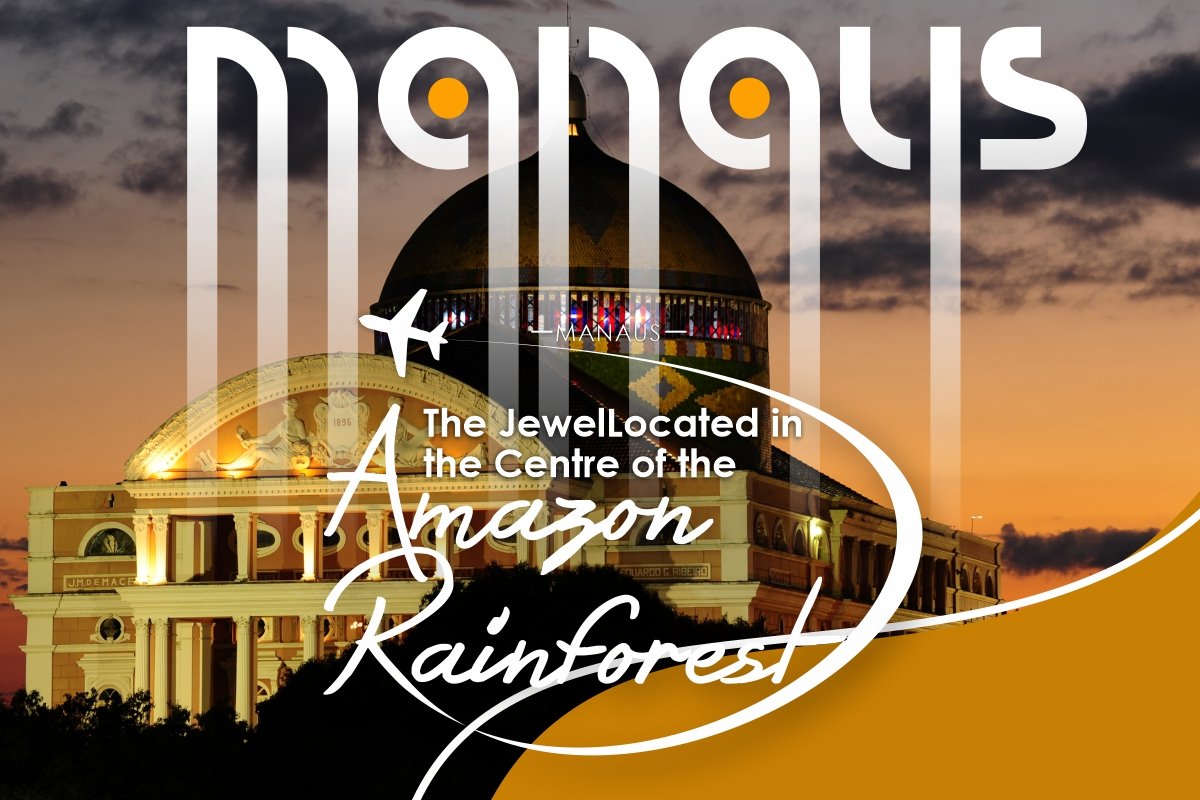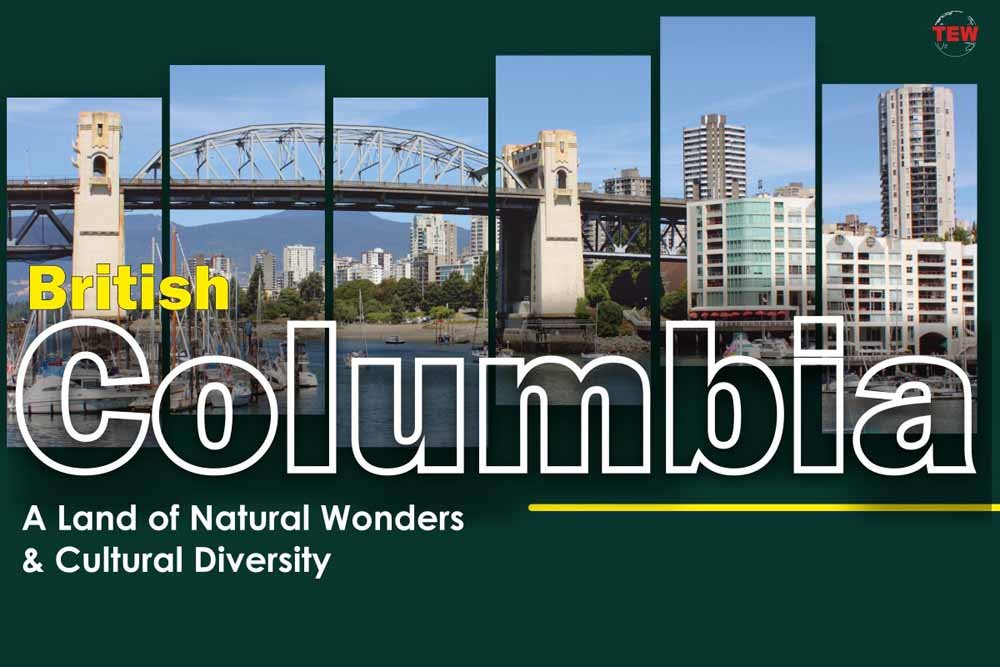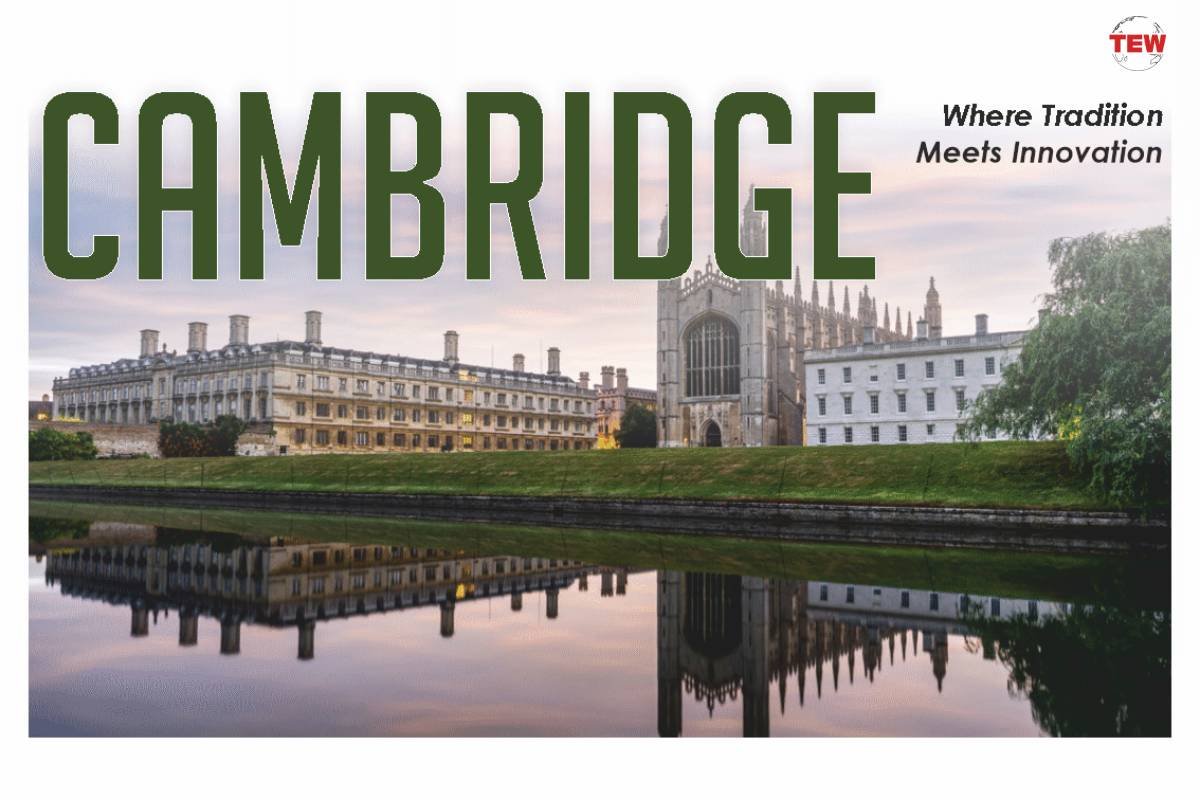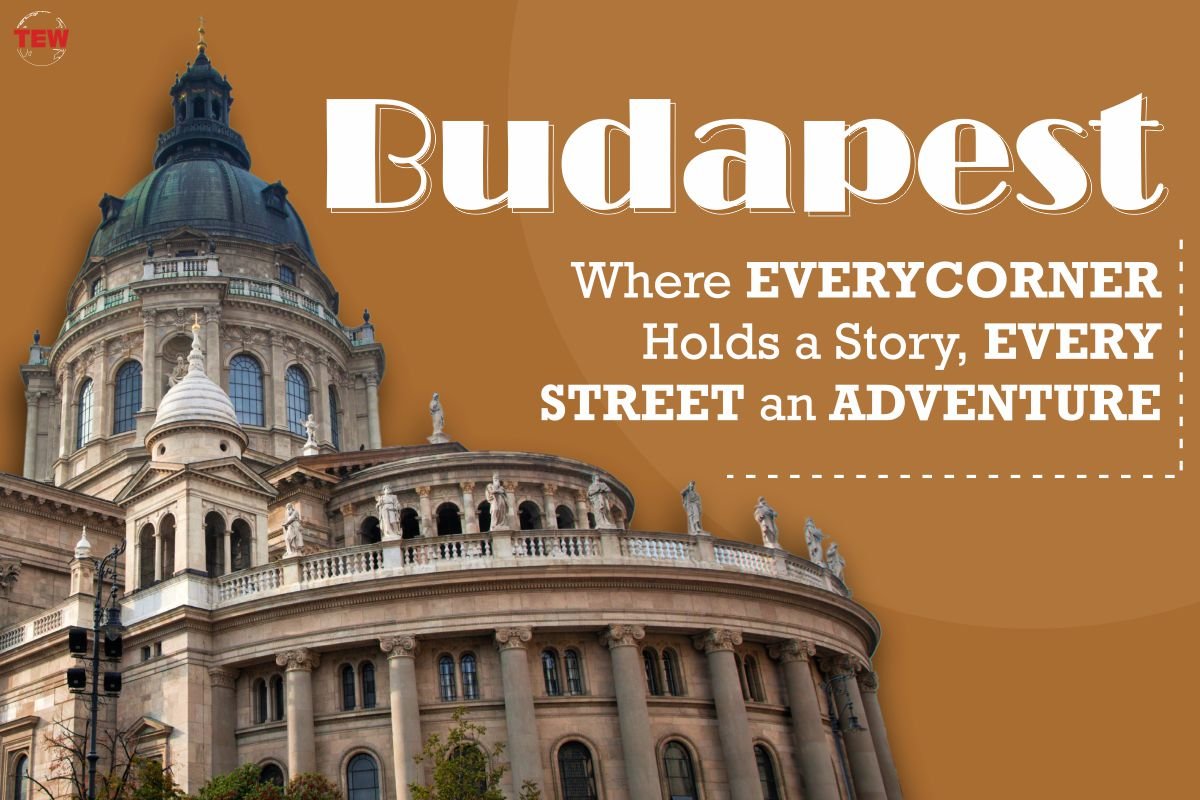Nestled in the heart of the Amazon rainforest is the beautiful city of Manaus, the capital of the Brazilian state of Amazonas. This enchanting city is a meeting point between the untamed wilderness and the vibrant energy of urban life. Here, the mighty Amazon River flows gracefully, intertwining with the bustling streets, creating a captivating fusion of natural wonders and modern marvels.
Known at the beginning of the century as the Heart of the Amazon and City of the Forest, Manaus is the seventh largest city in Brazil with an estimated population of 2.7 million. It is situated near the confluence of the Negro and Amazon rivers and is one of the two cities in the Amazon Rainforest with a huge population. The name Manaus comes from the native people called Manaós, which means Mother of the Gods.
Best Time to Visit
Manaus has a tropical climate with consistently high temperatures and humidity. It rains throughout the year, with daily rainstorms in the afternoon, even during the dry months. The best time to visit Manaus would be from July to September when the humidity is lower and the weather is great for exploring the city and rainforests.
Although, the best visiting months can depend on your preference.
- If you want to explore the Amazon rainforests and spot wildlife, December to March would be ideal, as the water level recedes during this period.
- If you’re interested in experiencing festivals, there are music festivals in June and July, and the dazzling Amazonas carnival in February.
The Rich & Fascinating History
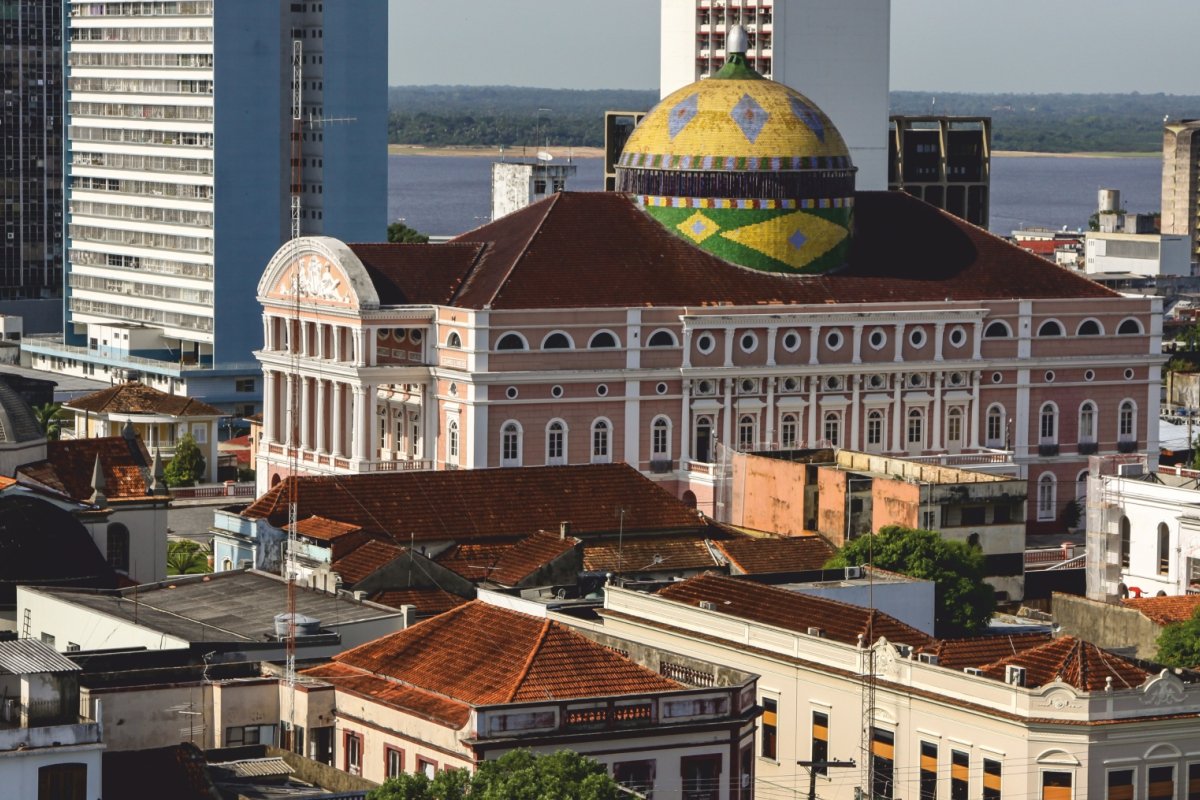
Manaus was founded in 1669 and declared a town in 1832. On October 24, 1848, the city was established and given the name Cidade da Barra do Rio Negro. However, it was later renamed back to Manaus on September 4, 1856. In 1669, the colonization of the area began with the construction of forts. The Portuguese built these forts to establish their dominance in the region and defend against invasions, such as the Dutch invasion of Suriname. These forts played a crucial role in protecting the Portuguese interests in the area.
In 1835, there was a revolt called Cabanagem against the ruling group in the city. People from different backgrounds, including black, indigenous, and mixed-race individuals, protested and eventually gained power. They recruited more non-white people as they moved through the settlements in the area. This was a violent time, and around 40% of the population lost their lives. The power kept shifting between the different groups until 1840 when the last rebel group gave in. This revolt had a lasting impact on the area that can still be felt today.
In the 19th Century, Manaus was a hub of the rubber industry. Wealthy rubber barons made a lot of money, and the city became a place where they could show off their wealth through architecture. One example of this is the Mercado Adolpho Lisboa, the city’s oldest market, founded in 1882. It has a grand building inspired by Paris’s famous Les Halles market. Inside, you can find a maze-like bazaar, a fish market that smells delicious, and cozy cafes. But the most impressive example is the Teatro Amazonas, an opera house that cost $10 million to build. It was constructed in 1884 when the city was at its richest and most extravagant.
Unfortunately, the prosperity of Manaus didn’t last long. When the rubber tree seeds were taken out of the Amazon region, the city fell into extreme poverty. It became so poor that it couldn’t even afford to provide electricity to its residents, despite having electricity lines installed during the more prosperous times. In the 1950s, the city was declared a Duty Free Zone, which means that certain taxes and duties on imported goods are waived. This helped boost the city’s economy and provided some relief from the difficult times.
Exploring Cultural Heritage
Manaus has a huge Portuguese influence as it was once a colony of Portugal. This can be seen in the religion practiced by the people of Manaus. Catholicism is still the main religion followed in the city, and this is partly due to the immigration of foreign nationals who also believe in Catholicism. Apart from it, there are several religions and religious groups.
Handmade products are a huge part of their culture. There are many Indian tribes that are still actively making local products. Even the groups of people living in the forests participate in making similar items. These products include baskets, hammocks, and other traditional indigenous goods. They use materials like wood, vines, fibers, and seeds to create these items.
The city hosts various events and festivals. One of them is the boi-bumbá festival which has been practiced since the early 20th century. It has roots in indigenous traditions which now combine with modern elements and is widely celebrated. Amazonas Carnival is another festival that happens every February. This vibrant event features different samba schools parading in the city’s Convention Center, known as the sambódromo. There are several other festivals that happen throughout the year and offer a variety of cultural experiences and entertainment for everyone to enjoy.
The Mouthwatering Cuisine of Manaus
The cuisine of Manaus City is highly influenced by its location on the Amazon River in the heart of the Amazon jungle. It combines indigenous traditions with European, African, Japanese, Lebanese, and Italian influences, among others. The city has colossal freshwater fish, mouth-numbing plants, communal street tables with bottomless bowls of powdered manioc, and a crazy variety of fruits.
Fish is the foundation of Amazonian cuisine, as well as of Manaus’. The city is known for its variety of fish species, including pirarucu, tucunare, tambaqui, and surubim. These fish are often prepared in different ways, such as stewed tambaqui, grilled pirarucu with fried plantains and cheese, and other delicious dishes.
Tapioca is the staple dish of Manaus. It is a starch extracted from cassava and is traditionally consumed with a filling of Tucum, the fruit of an Amazonian palm, which has a sticky and frivolous pulp.
The cuisine of Manaus is a fusion of different culinary traditions and offers a variety of dining options, including steakhouse cuisine. Churrascaria Búfalo is a popular spot for steak lovers, offering Brazilian fare that is sure to tantalize your taste buds.
Some of the must-try dishes are,
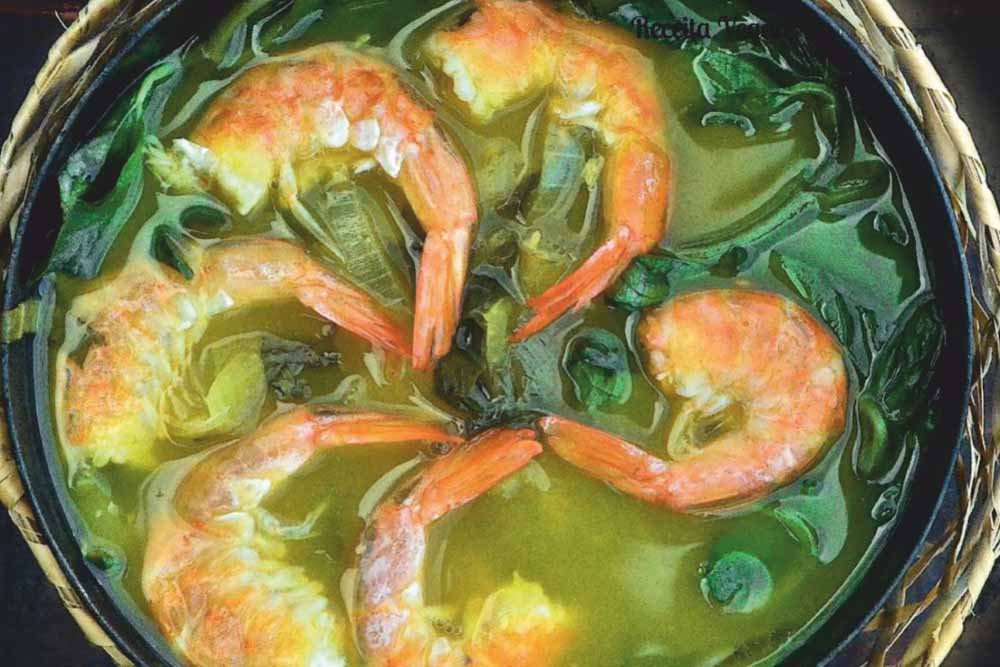
- Tambaqui Stew – It is made with fish in thick slices, spices, eggs, olive oil, and tucupi.
- Tacaca – It is made with jambu, and tucupi, cooked tapioca starch, as well as dried shrimps and fragrant, small yellow peppers known as “pimenta de cheiro”.
- Tapioquinha – It is a glutinous pancake made from manioc starch, usually buttered and filled with tucumã palm fruit and farmer’s cheese.
- Bolo de macaxeira – It is a tasty glutinous translucent cake made from manioc.
Wake Your Inner Adventurer
Manaus is a paradise for nature lovers and adventure seekers as it is surrounded by the beauty of the Amazon Rainforest. Apart from soaking in the beauty of nature, here are some more things you can do in Manaus.
- The Palacio Rio Negro
Originally built as the residence of Karl Waldemar Scholz, the Palácio Rio Negro Cultural Center in the Amazon later transformed into the seat of the regional government. Today, it serves as a vibrant cultural hub, hosting exhibitions, recitals, book launches, and other activities, providing visitors with an immersive experience in 20th-century politics through political relics and historical photographs.
- Adolpho Lisboa Market
It is located on the banks of the Rio Negro, in the heart of Manaus, and is inspired by the old Les Halles market in Paris. It is a must-visit destination offering a glimpse into Amazonian culture through its diverse range of regional products, handicrafts, and spices. The market, which was shipped from Europe in the late 19th century, showcases vibrant displays of local fruits, vegetables, and herbs, making it an ideal place to find affordable handmade leather gifts and souvenirs.
- Encontro das Aguas
The Encontro das Aguas, where the black waters of the Rio Negro meet the sand-colored waters of the Amazon, forms a stunning spectacle with distinct swirls of colors due to the varying properties of the two rivers. This captivating phenomenon can be best witnessed by boat or from the air, allowing visitors to fully appreciate the mesmerizing sight.
- Seringal Vila Paraíso Museum
It was originally created for the filming of “A Selva,” and offers a captivating journey into the rubber boom era. Visitors can explore the entire process of rubber extraction and manufacturing, gaining insight into the contrasting lives of rubber tappers and plantation owners. For a unique experience, guests can even participate in the rubber harvesting process.
- Guided tour at Teatro Amazonas or Amazon Theater
It was built in the 19th century and the locals have managed to preserve its architecture. Take the guided tour through the opera house to learn a little bit more about the lifestyle in the 1800s in Manaus. The price to enter is 10 reales per person.
Find Your Cozy Paradise
Finding a comfortable living space to unwind and relax before planning a trip to Manaus is important. Here are a few recommendations for you to try.
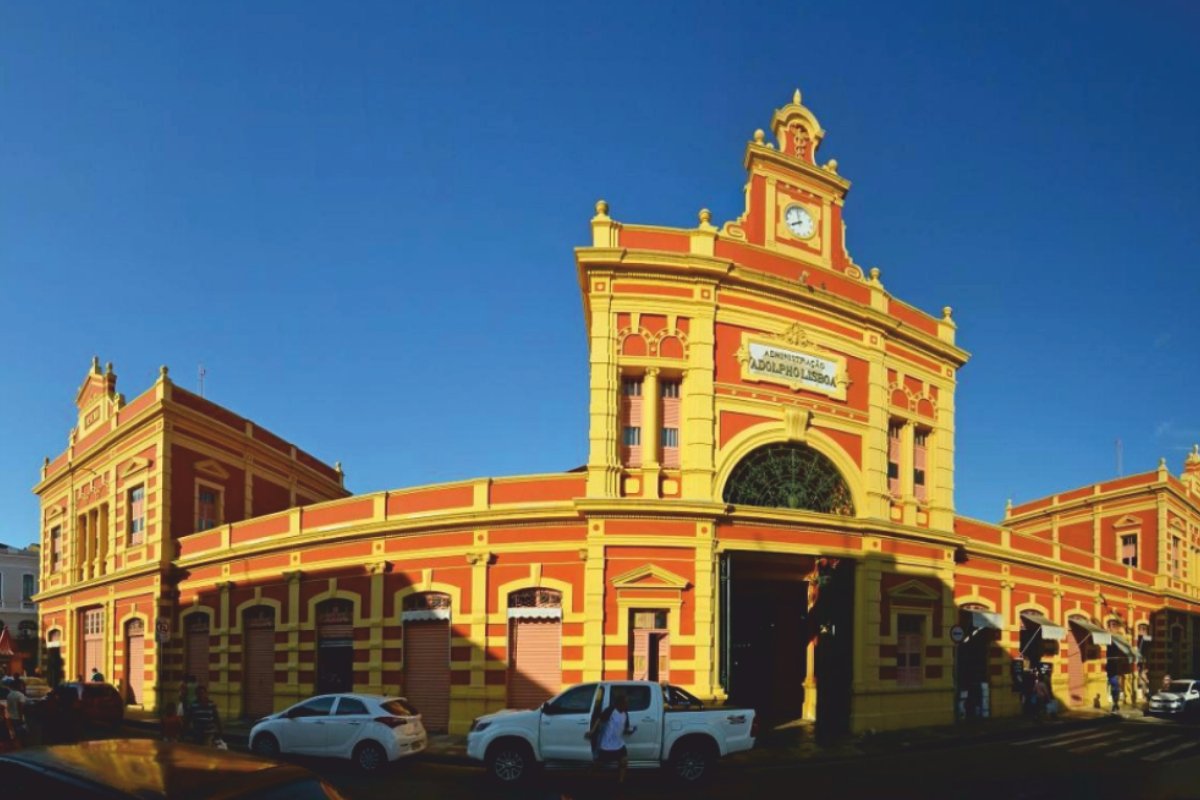
- Hotel Saint Paul
- Intercity Manaus
- Juma Opera
- Hotel Villa Amazonia
- Tropical Executive Hotel
- Go Inn Manaus
- Casa Teatro
- Mercure Manaus
Tips for Travelers
Whether you’re traveling to Manaus for the first time or are a seasoned traveler, there are some tips to always keep in mind. This city is well-connected and offers various transportation options for getting around the city and beyond.
- Public transportation, such as buses, is a common way to get around the city. However, it’s advisable to keep your belongings close and take precautions when using public transport.
- Consider hiring a car if you prefer a safer and more convenient option for travel.
- If you’re planning to explore the Amazon rainforest, there are riverboat cruises available from Manaus that offer a unique experience.
Before your trip, it’s a good idea to research and plan your itinerary to make the most of your time in Manaus. Here are some suggestions:
- Check out travel guides and websites for recommendations on attractions, tours, and activities.
- Consider booking tours or excursions in advance, especially if you’re interested in exploring the Amazon rainforest or taking a riverboat cruise.
- Take into account the weather conditions and plan accordingly, as Manaus has a tropical climate with high humidity and frequent rainfall.
Exploring the Gem of Amazon
Manaus is a perfect destination for you to unwind and soak in the natural beauty of the Amazon Rainforest. With the blend of natural beauty and historical significance, it can be the next travel destination to mark off your bucket list.

